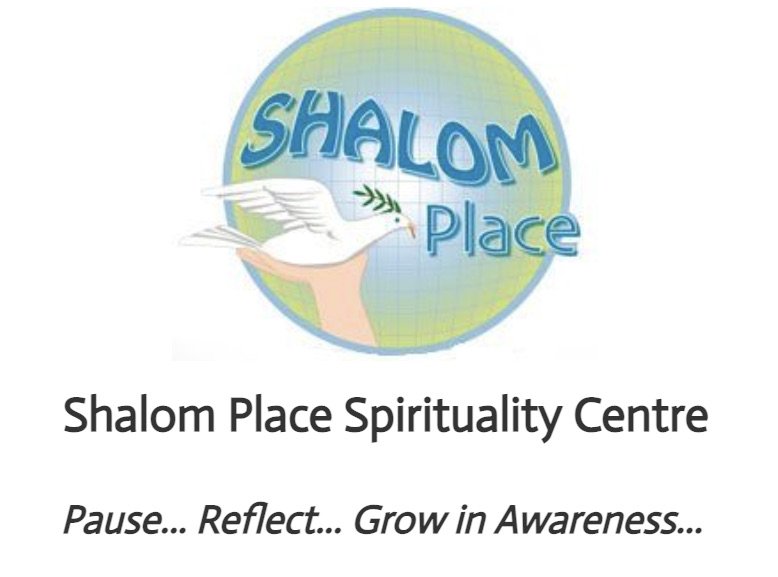 Image 1 of 1
Image 1 of 1


Dark Night of the Soul (John of the Cross & Peers)
"In the dark night of the soul, bright flows the river of God."―St. John of the CrossWhy does God allow us to fall into this empty void? Does He not love us? Will He not help us? How do we deal with feeling abandoned in hopeless darkness? Is there a light at the end of the tunnel?In sixteenth-century Spain, a poor monk became a spiritual giant. His life was devoted to prayer, poverty, solitude, and silence in pursuit of the beauty and goodness of God. When his intimacy with Jesus led to imprisonment, John used the time to compose a spiritual masterpiece in which he takes readers on a deeply spiritual journey through hardships and temptations to complete union with God. In a step-by-step process, he shows how God can use this "dark night" to eventually bring our human spirits into greater illumination, revealing heavenly wisdom and the passion of divine love. It is possible to walk securely through the darkness and experience the wonderful effects that are wrought in the believer as a result of the dark night.
"In the dark night of the soul, bright flows the river of God."―St. John of the CrossWhy does God allow us to fall into this empty void? Does He not love us? Will He not help us? How do we deal with feeling abandoned in hopeless darkness? Is there a light at the end of the tunnel?In sixteenth-century Spain, a poor monk became a spiritual giant. His life was devoted to prayer, poverty, solitude, and silence in pursuit of the beauty and goodness of God. When his intimacy with Jesus led to imprisonment, John used the time to compose a spiritual masterpiece in which he takes readers on a deeply spiritual journey through hardships and temptations to complete union with God. In a step-by-step process, he shows how God can use this "dark night" to eventually bring our human spirits into greater illumination, revealing heavenly wisdom and the passion of divine love. It is possible to walk securely through the darkness and experience the wonderful effects that are wrought in the believer as a result of the dark night.
